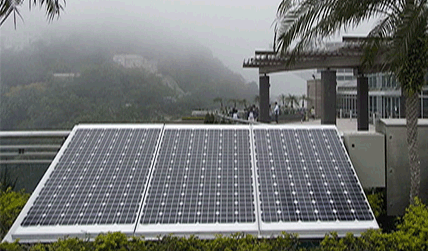- Joined
- Jan 28, 2013
- Messages
- 94,823
- Reaction score
- 28,343
- Location
- Williamsburg, Virginia
- Gender
- Male
- Political Leaning
- Independent
2017 was the first time in seven years that the C02 emissions increased in EU.
https://www.reuters.com/article/us-...r-first-time-in-7-years-in-2017-idUSKCN1HA1J7
Also, that greenhouse gas emissions in the EU were reduced by 23 percent between 1990 and 2016, while the economy grew by 53 percent.
https://ec.europa.eu/clima/news/eu-cut-emissions-23-1990-2016-while-economy-grew-53_en
So, it can only be a temporary setback, still EU countries and regions can of course do more. Where one important factor is to learn from all the positive examples both in Europe and in the rest of the world. For example, that India is projected to exceeds its goal from Paris agreement and have nearly 60 percent of electricity capacity from non-fossil fuels by 2027.
https://www.theguardian.com/world/2016/dec/21/india-renewable-energy-paris-climate-summit-target
While in Norway electric and hybrid cars rose above half of new car registrations in 2017 and the right-wing government also set a target that all cars sold should be zero emissions by 2025.
https://www.reuters.com/article/us-...ar-sales-now-electric-or-hybrid-idUSKBN1ES0WC
You also have Scotland that got 68 percent of their electricity from renewable energy in 2017, that was a rise of 14.1 percentage points from the 54 per cent in 2016.
https://www.independent.co.uk/news/...scotland-climate-change-oil-gas-a8283166.html
Excuses excuses.



